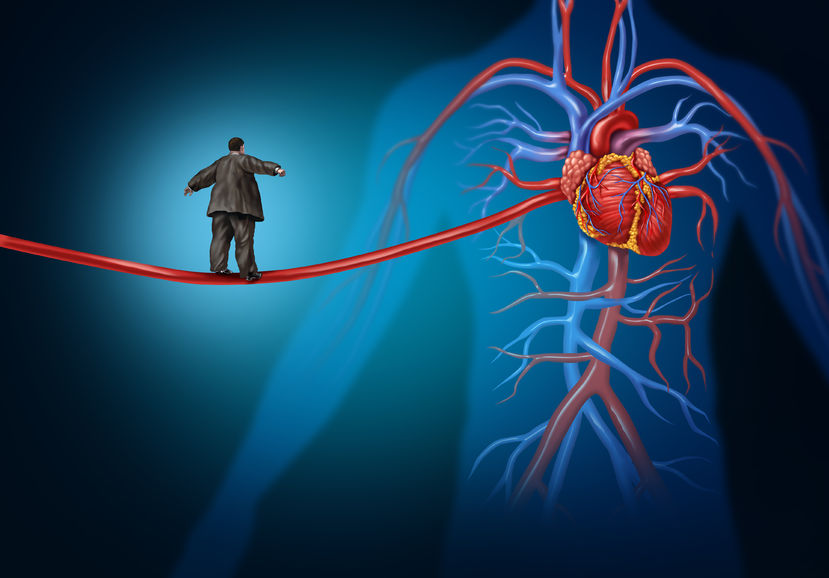Varicose Veins
You’ve probably seen them on other people’s legs, especially around the back right below the knee. They appear bluish and, frankly, not appealing to the eye. Varicose veins affect as much as 25% of adults, especially among women, so it’s fair to say that they are pretty common. Varicose veins are commonly referred to as varicose or varicosities. They occur when the veins become larger in size, dilated than normally and overfilled with blood. Often, varicose veins are painful too.
What causes varicose veins?
The reason varicose veins form is the failure of proper blood flow within the veins. As you may know, arteries carry blood away from the heart and veins toward the heart. Therefore, the arteries carry blood at higher pressure because it comes directly from the heart. As for the veins in which blood flows with lower pressure, there is a need to ensure blood does not flow in the opposite direction. This is where the valves come in – one-way valves. There may also be more serious conditions that are causing the reaction you are noticing.
As per their name, they allow blood flow in one direction only, thereby preventing blood flow in the undesired direction. However, when these valves become damaged and start to fail, then blood flow in the veins can be interrupted. Blood can then flow backward and begin to collect within the vein, failing to move to the heart. This causes the vein to dilate and compensate for the increased volume of blood.
Since the veins are found closer to the skin surface, a visible bulge can be seen which presents as varicose veins. Even though pressure within veins is lower compared to arteries, blood still flows smoothly in most areas.
The parts most affected with varicose veins remain to be those that have added resistance, like the legs where the blood has to flow against gravity. This also explains why it is more common to see varicose veins on someone who spends more time on their feet as opposed to those living a dormant lifestyle.
Some factors that contribute to the development of varicose veins are:
• A family history of varicose veins,
• Obesity,
• Being over the age of 50 years old,
• Pregnancy,
• Menopause,
• Standing for long periods of time during a day, etc.
Signs and symptoms of varicose veins
The main sign of varicose veins is the presence of bluish and misshapen veins. These are highly visible, located on the legs, even though they can occur everywhere in the body. Often varicose veins are accompanied by a swelling of the affected part of the body, heaviness, pain, etc. In more serious cases, the varicose veins can rupture and cause severe bleeding or ulcers may form.
Diagnosis and treatment of varicose veins
The diagnosis of varicose veins only requires a physical examination of the swollen veins. Although more tests like ultrasound may be requested to check for any blood flow problems within the veins.
If for example, there is a blood clot, this can pose a more serious risk. Nevertheless, since varicose veins are rarely dangerous, you don’t need to see a doctor unless the subsequent symptoms are causing you difficulty.
Although they don’t look good and affect many people, they are still not life-threatening. This is why there hasn’t been much of an effort to come up with solutions for it beyond the cosmetic.
The most often recommended treatment is through lifestyle changes, for example through avoiding lots of standing and losing weight. Compression through compressive socks can also help increase the pressure in the affected veins.
This ensures that this way is a better circulation of the blood from these veins toward the heart. Regular physical activity is also a must as it will improve the circulation and ensure a better functioning of the circulatory system.
Regular physical activity will help you also to maintain a balanced healthy weight or even lose some weight. If lifestyle changes are not working and the problem with varicose veins is getting worse than surgical treatment might be needed.
Surgical treatment is often recommended in cases when there is frequent bleeding from the varicose veins. This is when these veins are quite painful or when they interfere with overall health, but for cosmetic reasons as well.
There are many surgical treatments available today for the treatment of varicose veins. Some of these are ligation and stripping of the veins, sclerotherapy, laser surgery, endovenous ablation therapy, endoscopic vein surgery, micro-sclerotherapy, etc.
